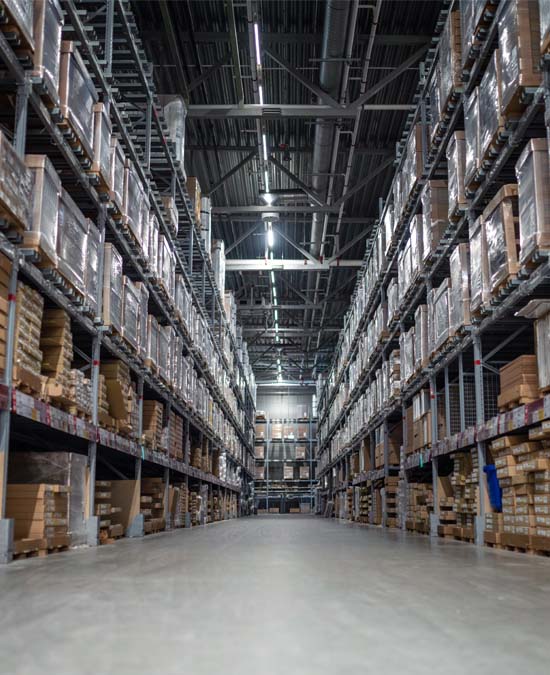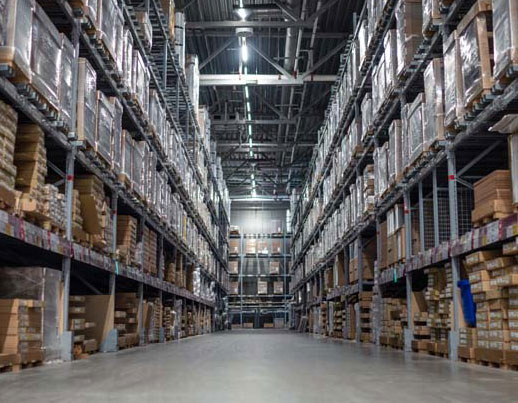The government and military have wide-ranging material handling needs. From small parts with tight tolerances for the aerospace and military sectors to large inventories of stockpiled medical supplies, governments and militaries need innovative solutions providers with the experience and know how to handle the breadth of their needs.
At PeakLogix, we’re a brand agnostic material handling systems integrator that specializes in innovative, bespoke automated solutions. We support the research, development, and deployment of military systems and government services by offering large-scale solutions tailored to their needs.
We help improve both your material handling and logistics, increasing the consistency and efficiency of your processes, helping to increase security with limited access solutions, and reducing waste by tracking key metrics of pieces and products, such as precise locations, order shipment and receipt, and expiration dates.



